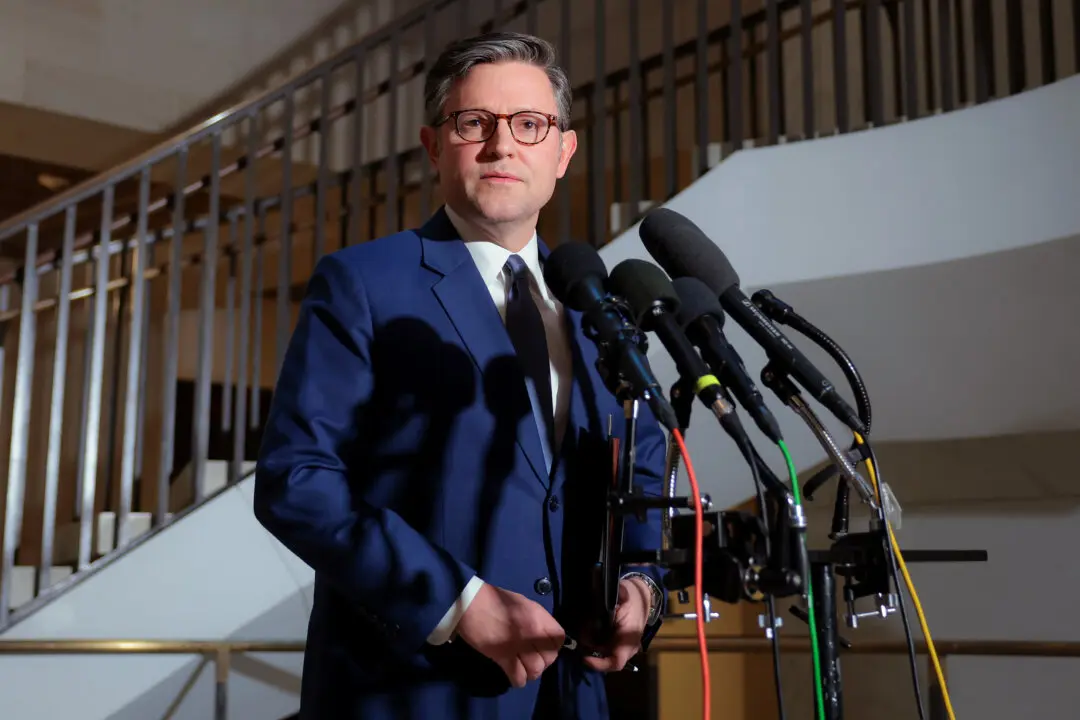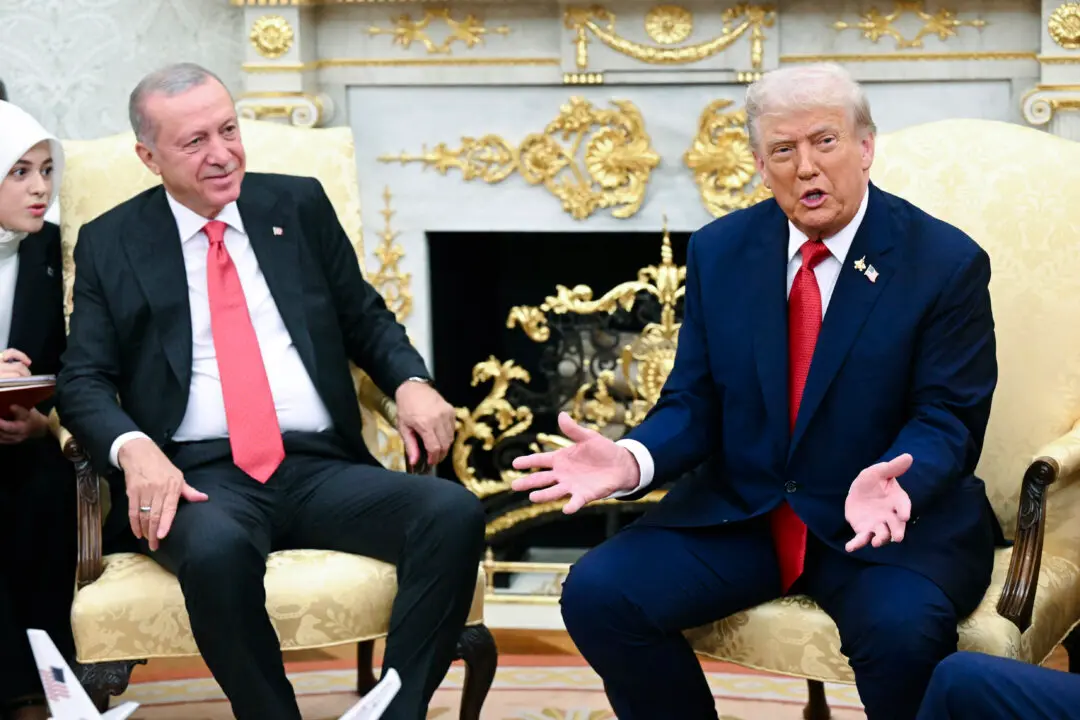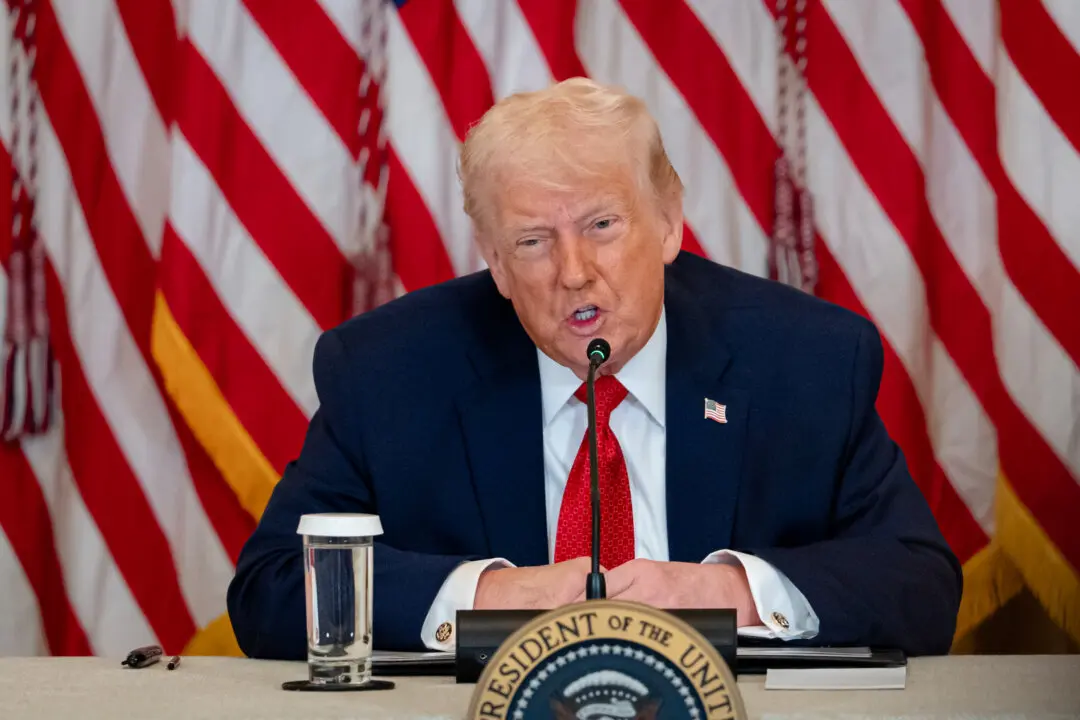The United Nations released a report on June 30 revealing a “massive” humanitarian crisis in Burma, also known as Myanmar, where more than 17.6 million people need humanitarian aid.
The report, published by the Office of the U.N. High Commissioner for Human Rights (OHCHR), states that the military has been suppressing civil society with “all means at their disposal” and depriving civilians of humanitarian aid since the military coup in February 2021.





